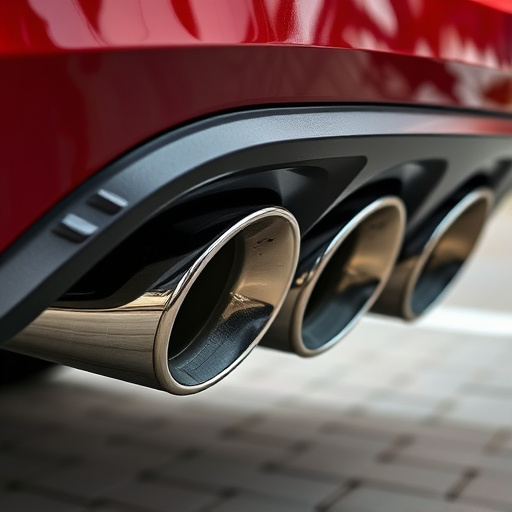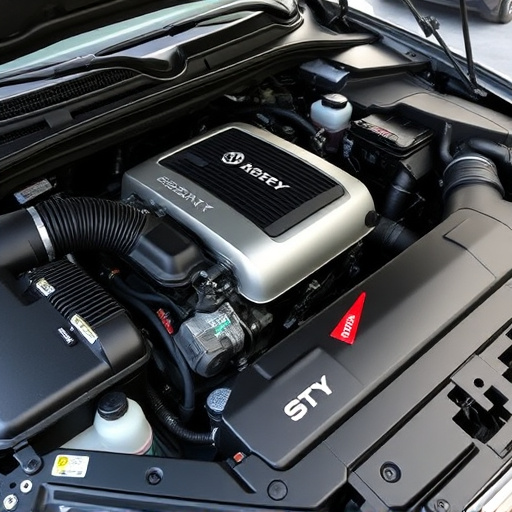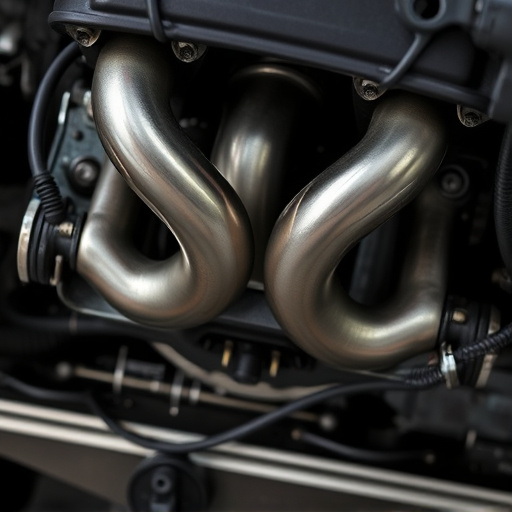The brake master cylinder (BMC), a vital component of your vehicle's braking system, demands regular maintenance for optimal performance and safety. Check and replace hydraulic fluid, inspect for leaks, corrosion, or damage to prevent contamination and degradation, using high-quality fluids compatible with your vehicle. Address unusual brake behavior like pulsing or vibration, soft or unresponsive brakes promptly, as these may indicate issues with the BMC or other components. Regular maintenance and quick action on symptoms enhance braking efficiency and control, while upgrading to high-performance brakes or coilover kits can improve stopping power in older vehicles. Always consult a professional mechanic for safety and to avoid potential hazards related to vehicle brakes.
Are you a beginner driver or mechanic facing brake issues? Understanding your vehicle’s brake master cylinder is crucial. This component plays a vital role in stopping your car, making troubleshooting common problems essential for safety. In this guide, we’ll walk you through the basics of the brake master cylinder, common issues like fluid leaks and low pressure, and practical troubleshooting steps to help you diagnose and address these problems effectively.
- Understanding the Brake Master Cylinder: Its Function and Basic Maintenance
- Common Issues and Symptoms: Identifying Problems with Your Brake Master Cylinder
- Troubleshooting Steps for Beginners: Practical Tips to Get You Started
Understanding the Brake Master Cylinder: Its Function and Basic Maintenance
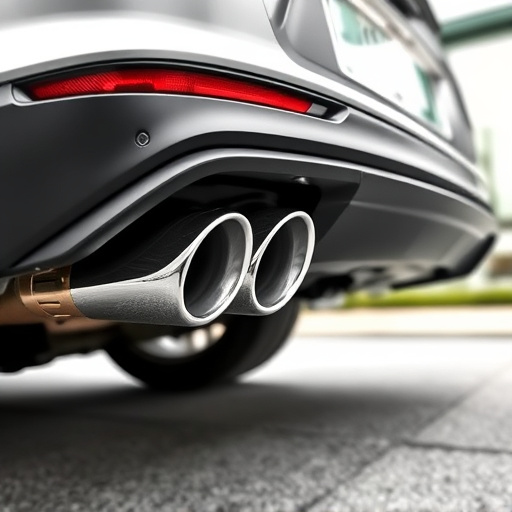
The brake master cylinder (BMC) is a critical component in your vehicle’s braking system. It plays a vital role by applying pressure to the brake fluid, thereby enabling the brakes to function effectively. Understanding its purpose and implementing basic maintenance practices are essential steps for any beginner looking to optimize their vehicle’s performance.
Regularly checking and replacing the BMC’s hydraulic fluid is a crucial part of routine maintenance. Over time, this fluid can become contaminated or degraded, compromising braking efficiency. Additionally, inspecting the cylinder for leaks, corrosion, or damage is essential. Simple yet effective preventive measures, such as using high-quality hydraulic fluids compatible with your vehicle and ensuring proper sealing, contribute to maintaining optimal vehicle performance and enhancing overall safety.
Common Issues and Symptoms: Identifying Problems with Your Brake Master Cylinder
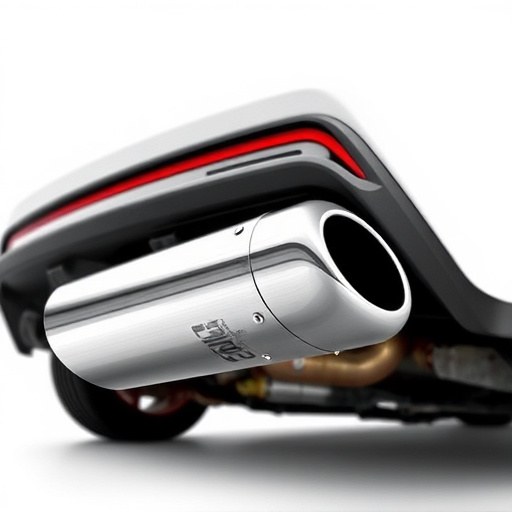
The brake master cylinder is a vital component of your vehicle’s braking system, and it’s crucial to be able to identify when something might be amiss. Common issues with this cylinder often manifest through unusual brake behavior. For instance, if you find that your brakes are pulsing or vibrate while applying them, it could indicate contamination within the cylinder or a faulty caliper. Another symptom to watch out for is soft or unresponsive brakes; this may suggest air in the system, a low fluid level, or damage to the master cylinder itself.
Some problems, like worn-out brake rotors, might not directly affect the master cylinder but can indirectly impact its performance. Exhaust systems and even something as seemingly unrelated as an old air filter kit can also contribute to overall braking efficiency. Regular maintenance and prompt addressing of any unusual symptoms are key to ensuring your brake master cylinder functions optimally, thus enhancing both safety and vehicle control.
Troubleshooting Steps for Beginners: Practical Tips to Get You Started
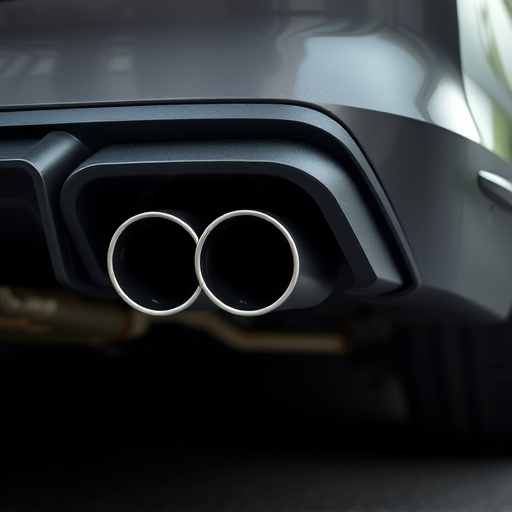
Troubleshooting your brake master cylinder as a beginner can seem daunting, but with the right tools and some practical tips, it’s manageable. Start by visually inspecting the brake fluid for any signs of contamination or leaks. This is crucial since even a small amount of moisture in the system can compromise performance. Next, check the condition of your brake master cylinder itself; wear and tear can affect its ability to deliver the necessary force to slow down or stop your vehicle.
If you’re using older vehicles or have noticed a difference in braking performance, consider upgrading to high-quality performance brakes or installing coilover kits, which can enhance overall stopping power. Additionally, ensure that your performance air filters are clean; clogged filters restrict airflow, potentially impacting the efficiency of your brake system. Remember, if you’re unsure about any step, consult a professional mechanic for guidance to avoid any potential hazards related to your vehicle’s brakes.
When faced with potential issues with your vehicle’s brake master cylinder, a solid understanding of its function and common problems can empower beginners to effectively troubleshoot. By recognizing symptoms like low fluid levels, pedal stiffness or sponginess, and unusual noises, you can take the first steps towards resolution. The troubleshooting tips outlined in this article serve as a foundation for identifying and addressing basic issues. Remember, regular maintenance and prompt attention to concerns are key to keeping your brake master cylinder operating seamlessly, ensuring your safety on the road.








